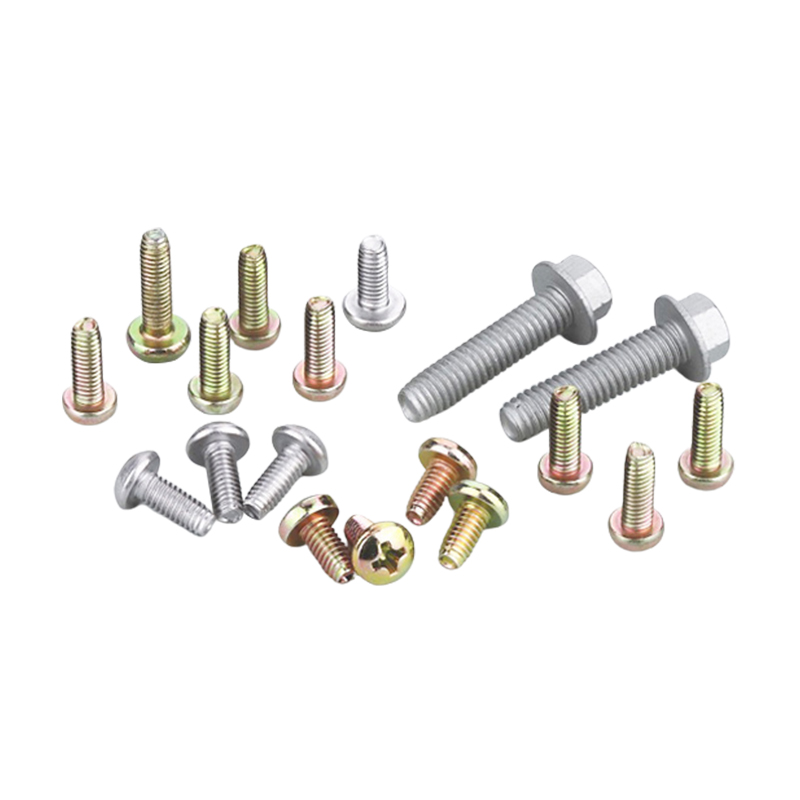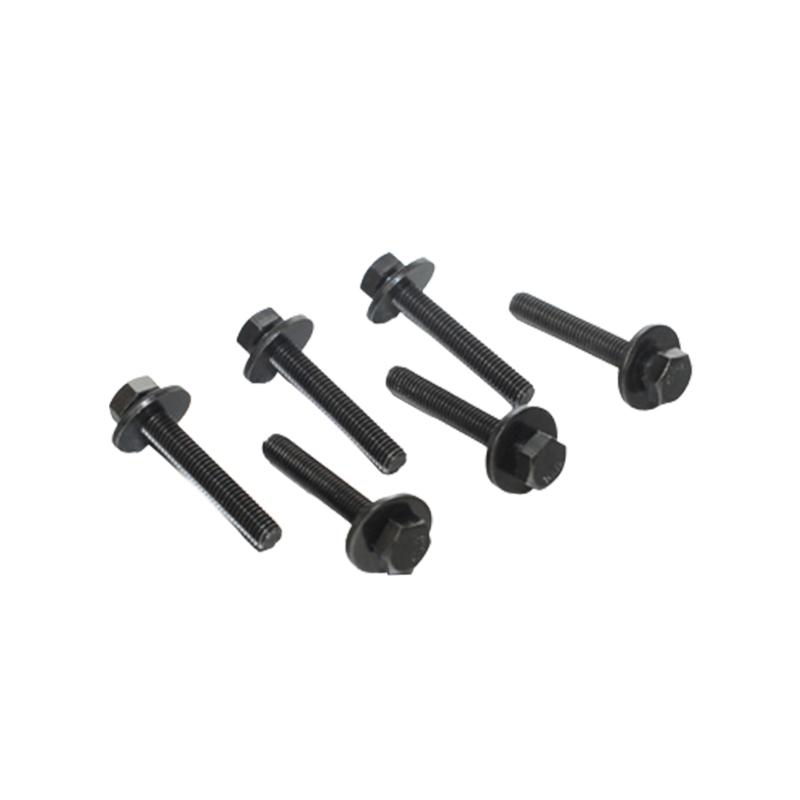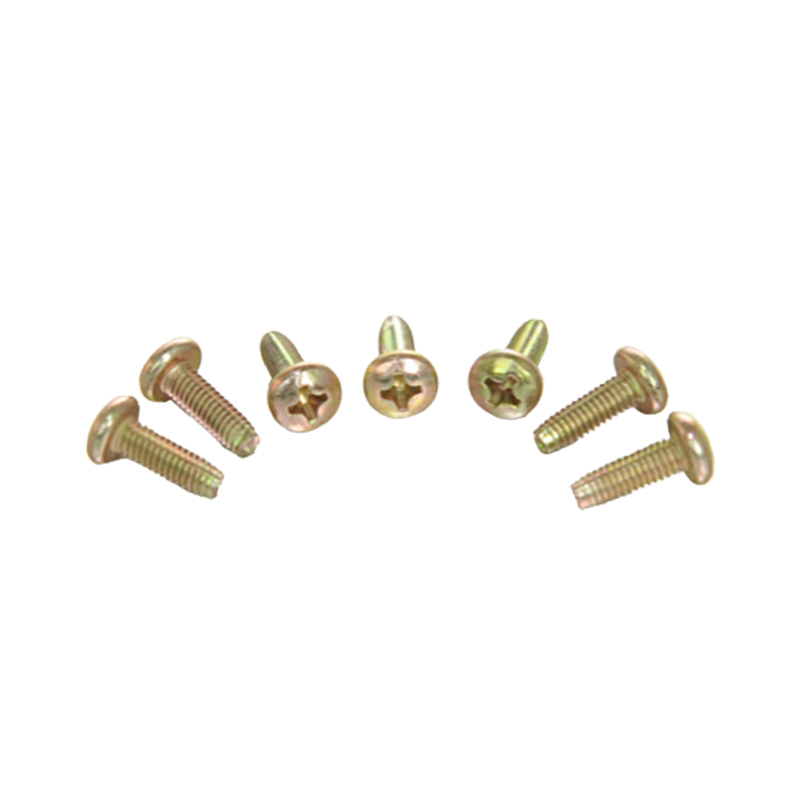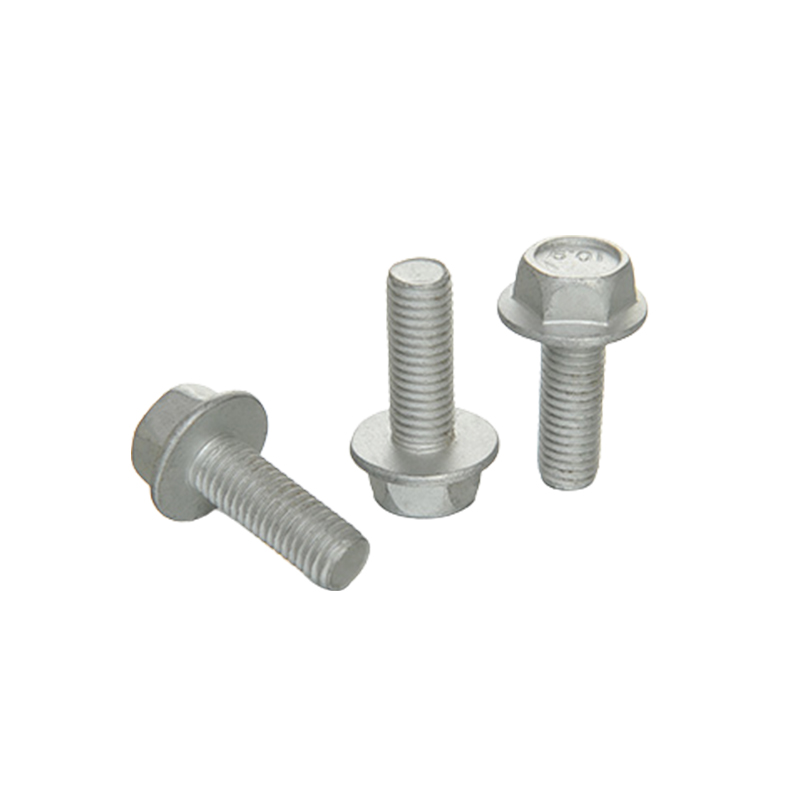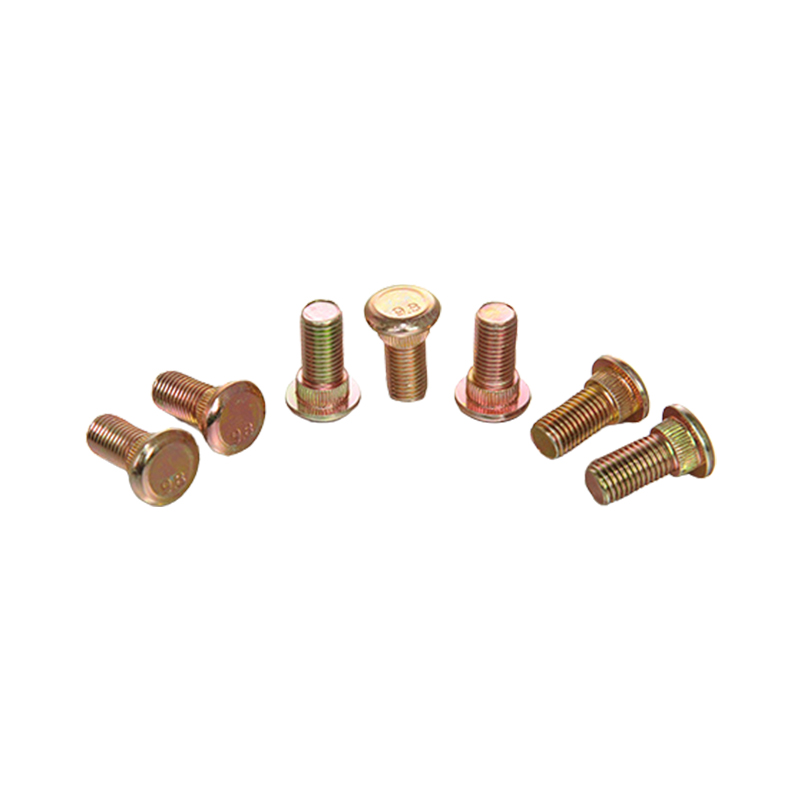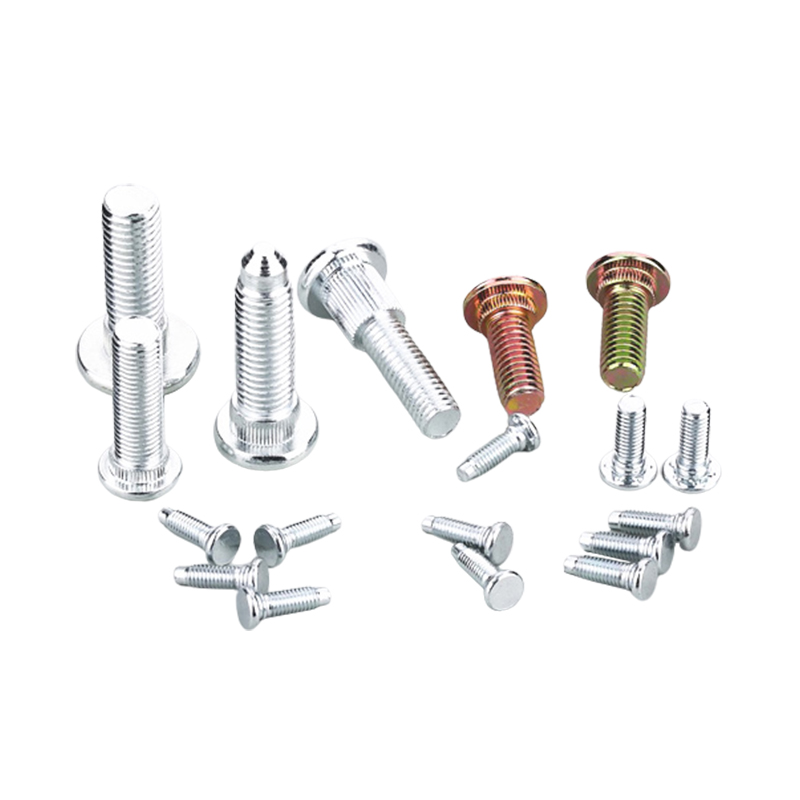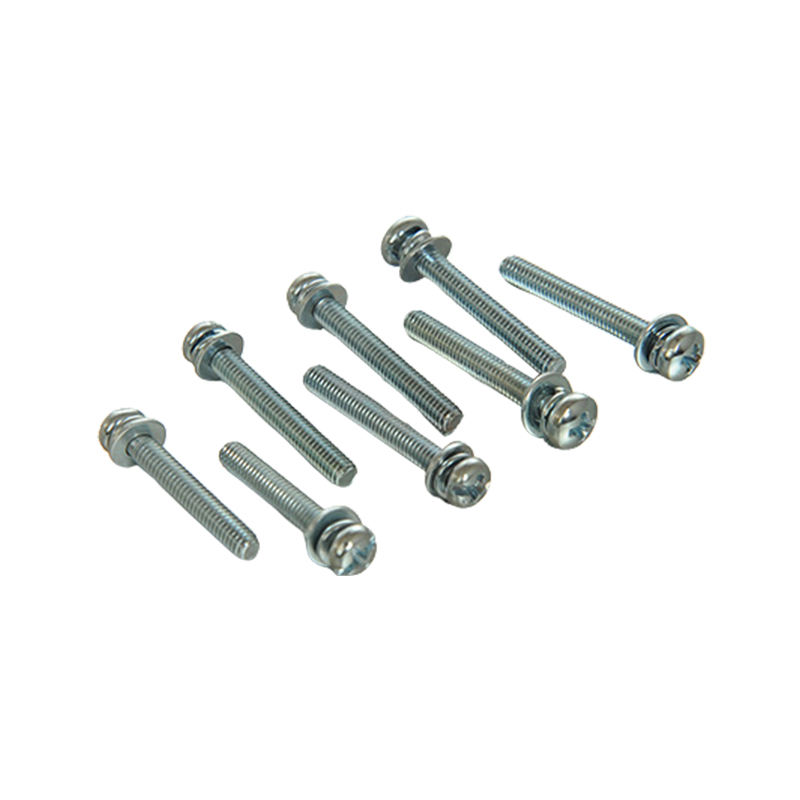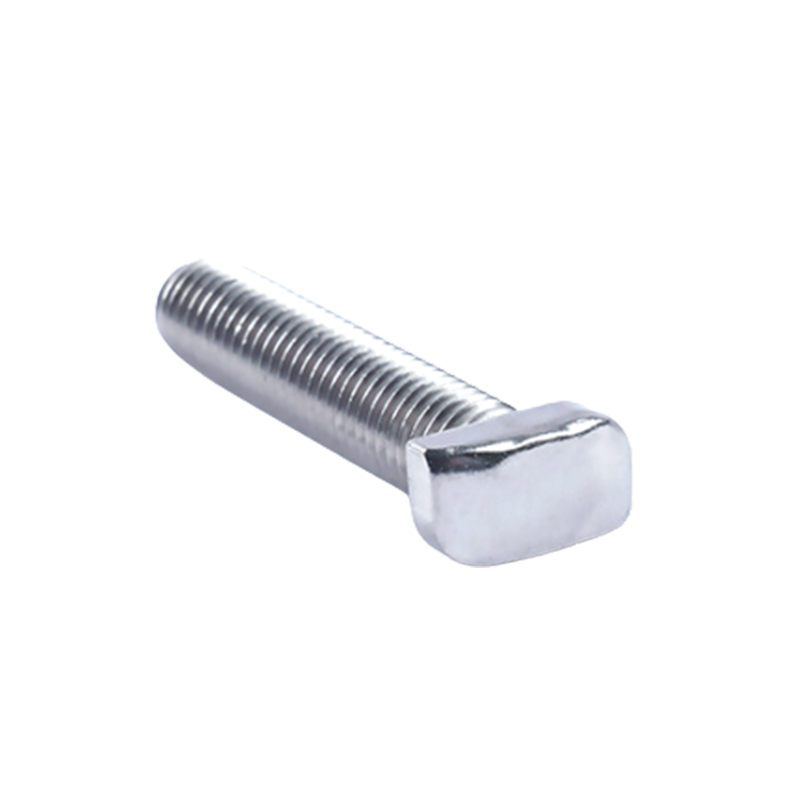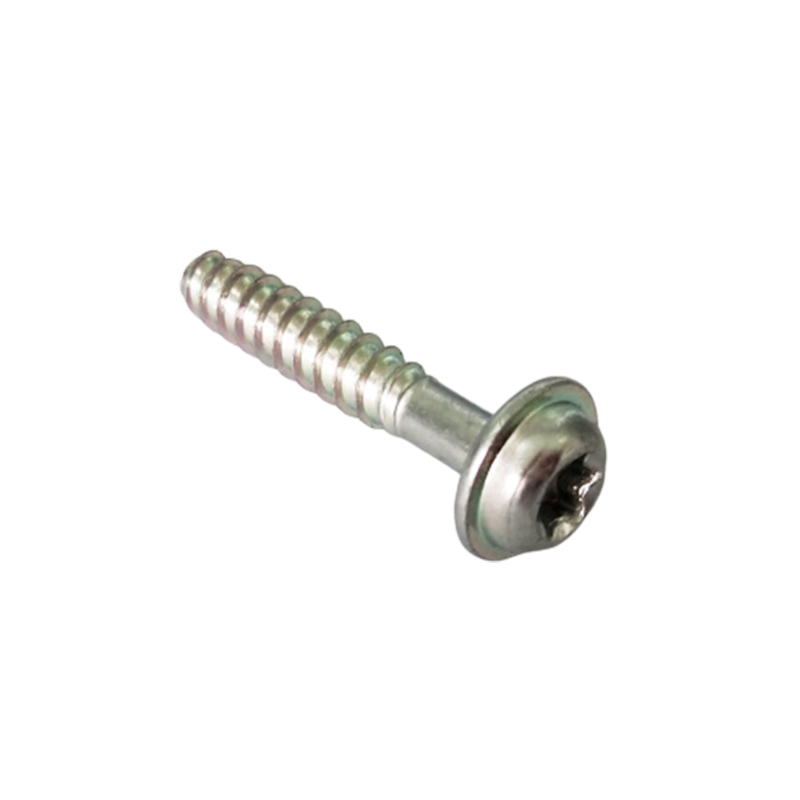Overview of the corrosion resistance of stainless steel screws
Stainless steel screws have certain corrosion resistance due to the stainless steel material they use. Its corrosion resistance mainly comes from a dense and stable oxide film formed on the surface of stainless steel. This oxide film can effectively prevent the direct contact between the external corrosive medium and the metal matrix, thereby delaying the oxidation and corrosion process of the metal. However, different types of stainless steel have different corrosion resistance. For example, austenitic stainless steel usually has strong corrosion resistance, while ferritic and martensitic stainless steel have relatively low corrosion resistance. In addition, the corrosion resistance of stainless steel screws will also be affected by factors such as temperature, humidity, pH, and salt in the use environment. Therefore, the selection of stainless steel screws of suitable materials and types is crucial to ensure their corrosion resistance.
Specific manifestations of the corrosion resistance of stainless steel screws
Stainless steel screws can resist oxidation and corrosion well in normal atmospheric environments, especially in humid or high oxygen environments. In marine environments or high-salinity environments, if 316 and other stainless steel screws containing molybdenum elements are selected, their corrosion resistance will be significantly better than 304 stainless steel, and they can better resist salt spray and seawater corrosion. On the other hand, in industrial environments, such as places containing acid and alkali vapor or chemical corrosive media, the corrosion resistance of stainless steel screws will vary greatly depending on the specific media and concentration. Some acidic media may accelerate the corrosion rate of stainless steel, and it is necessary to reasonably select the material according to the actual working conditions.
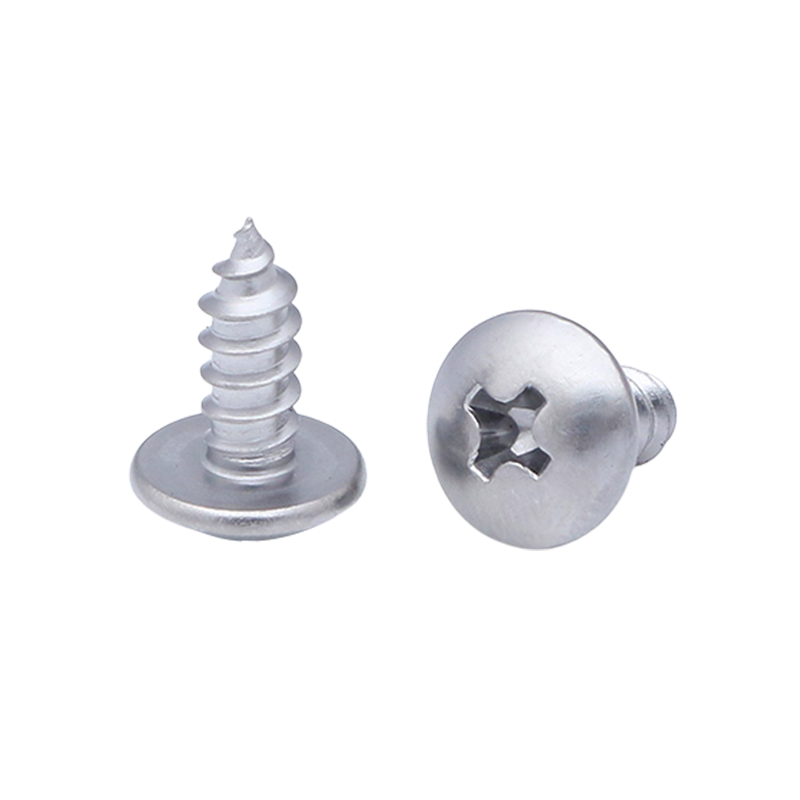
Applicable environment 1: marine and coastal areas
Due to the high salt content in the air and complex corrosive media in marine and coastal areas, high requirements are placed on the corrosion resistance of metal materials, especially fasteners. In these environments, stainless steel screws are usually made of molybdenum-containing stainless steel (such as 316 stainless steel) to improve the ability to resist salt spray and seawater corrosion. 316 stainless steel screws can maintain their structural integrity and surface finish for a long time, and are suitable for fastening connections of ships, dock equipment and marine engineering facilities. However, if 304 stainless steel screws with weaker corrosion resistance are used, surface pitting, rust spots and even screw damage may occur, affecting the safety and service life of the equipment.
Applicable environment 2: chemical and industrial environment
In chemical and industrial environments, screws are often exposed to various corrosive gases, liquids and steam, which may cause varying degrees of corrosion to stainless steel screws. Choosing the right material is crucial to extending the service life of screws. For example, in a strong acid environment containing hydrochloric acid, sulfuric acid, etc., ordinary stainless steel screws may not meet the corrosion resistance requirements, and special alloy stainless steel with stronger acid resistance is required. In a relatively mild chemical environment, the performance of 304 stainless steel screws can usually meet general industrial requirements. In addition, the surface treatment of screws such as electroplating and passivation will also affect their corrosion resistance. Appropriate surface treatment can effectively reduce the probability of corrosion.
Applicable environment 3: Food and pharmaceutical industry
The food and pharmaceutical industries have high requirements for the hygiene and corrosion resistance of materials. Stainless steel screws are widely used in these industries, especially 304 and 316 stainless steel materials are the first choice due to their good corrosion resistance and non-toxicity. Food processing equipment, pharmaceutical equipment, etc. usually need to be cleaned and disinfected frequently, and the corrosion resistance of screws directly affects the cleaning effect and service life of the equipment. Stainless steel screws should maintain stability when in contact with various cleaning agents and disinfectants to avoid material peeling or functional failure caused by corrosion.
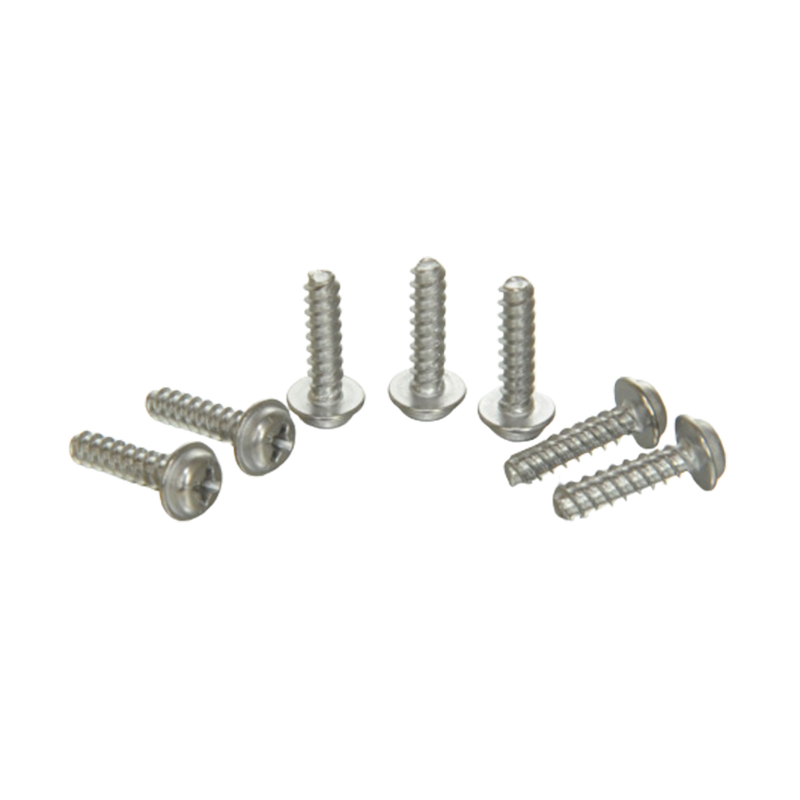
Applicable environment 4: High and low temperature environment
The corrosion resistance of stainless steel screws will change in high temperature environment. Some stainless steel materials are prone to intergranular corrosion or oxidation under high temperature conditions, affecting their mechanical properties and service life. Therefore, when using screws in high temperature environments, it is necessary to consider the selection of high temperature corrosion-resistant materials, such as some chromium-containing aluminum alloy stainless steels. Low temperature environments place requirements on the toughness and ductility of stainless steel. Usually, austenitic stainless steel is widely used due to its good low temperature toughness and corrosion resistance.
Detection method for corrosion resistance of stainless steel screws
In order to ensure the corrosion resistance of stainless steel screws in specific environments, common detection methods include salt spray test, immersion test, corrosion potential measurement and surface analysis. The salt spray test accelerates the corrosion process by simulating a salt spray environment to evaluate the resistance of the screws to salt spray corrosion. The immersion test is to immerse the sample in a specific corrosive medium to observe its corrosion. The corrosion potential measurement evaluates the corrosion resistance of the material by electrochemical methods, and the surface analysis detects the integrity of the oxide film and corrosion products by microscopy or spectral analysis technology.
Comparison table of common stainless steel screw materials
| Material Type | Corrosion Resistance | Common Applications | Temperature Range (°C) | Remarks |
|---|---|---|---|---|
| 304 Stainless Steel | Moderate corrosion resistance, good for general use | General industrial, household appliances, food processing | -196 to 870 | Most widely used stainless steel |
| 316 Stainless Steel | Higher corrosion resistance, especially against chlorides and marine environments | Marine, chemical industry, medical equipment | -196 to 925 | Contains molybdenum for improved resistance |
| 410 Stainless Steel | Good corrosion resistance, higher strength | Automotive, valves, tools | Up to 600 | Martensitic stainless steel, less corrosion-resistant |
| 430 Stainless Steel | Moderate corrosion resistance, magnetic | Decorative applications, appliances | Up to 815 | Ferritic stainless steel, magnetic |


